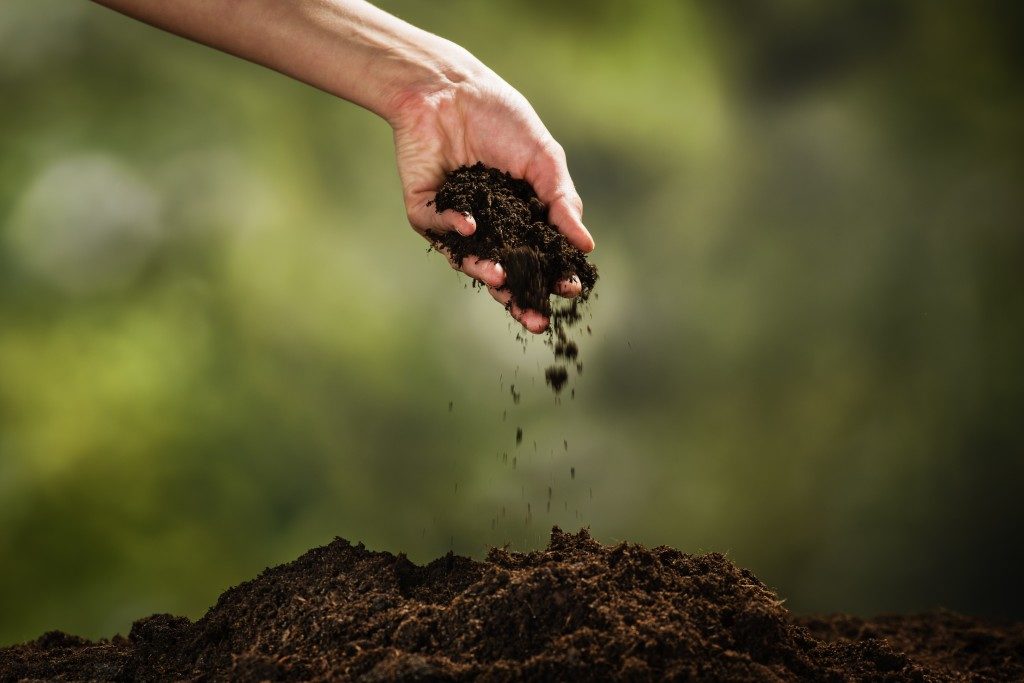Perhaps you want to enhance your building with commercial landscaping in Lubbock. After all, curb appeal always matters. It raises the value of your property and attracts people to enter.
The question is, do you know which plants will go well with your landscaping? Landscaping specialists can take care of that for you, but it also pays to have some basic knowledge. You can get yourself more involved in the process.
Types of Soil in Texas
Although Texas is in the South, its land area is vast. It can have different kinds of soil. There are over 15 regions, according to the Texas State Historical Association.
Usually, they fall into the following categories:
- Sandy
- Loam
- Clay
Soil is sandy when sand makes up more than 30% of the earth while the rest might be silt or clay. This one doesn’t hold nutrients well, but it provides good drainage.
Plants that usually grow best in sandy land are cacti, as well as root crops since they need their roots to penetrate deeper into the ground.
The soil is clay when the fine particles become thick or sticky when wet; it tends to harden when it dries. Unlike sand, it can retain water better. It can also hold on to nutrients such as calcium.
This also means that the soil tends to be alkaline, and that can be a problem since some plants thrive in an acidic environment. These include flowers like azaleas and daffodils, as well as trees like evergreens. A landscaper can improve the soil’s quality by adding sulfur.
For many, loam is the best type of soil since it has a good balance of clay and sandy. It promotes excellent drainage while retaining the soil nutrients. This explains why many plants thrive in loam.
Soil Types According to Regions

Note, though, that soil types can change over time. This is because factors such as weather, presence of water, human activity, and geography can affect it.
With these in mind, here are the soil types for some of the popular areas in Texas:
- Lubbock—The county is in the northwest region of Texas and usually has the High Plains type of soil. A good amount of dirt has lime, which indicates it might have calcium deposits. One doesn’t need to add this mineral. It also implies the land is mostly alkaline.
- Dallas—One of the most populated areas in Texas, Dallas has Blackland Prairie soil type. Much of the domain is clay, which means it tends to shrink and swell depending on the ambient temperature or season.
- Houston—A small part of the eastern side of the city is the Claypan Area. The soil provides moderate surface drainage. It is also usually acidic but sandy loam. Much of the town, meanwhile, is Timberland. It shares similar characteristics as Claypan, except the soil is mostly suited for growing some trees.
Understanding the characteristics of the soil can save you and your landscaper a lot of hassle and money. You can grow plants that are less likely to die as they suit the earth perfectly.



